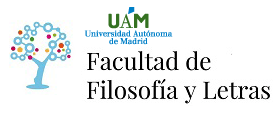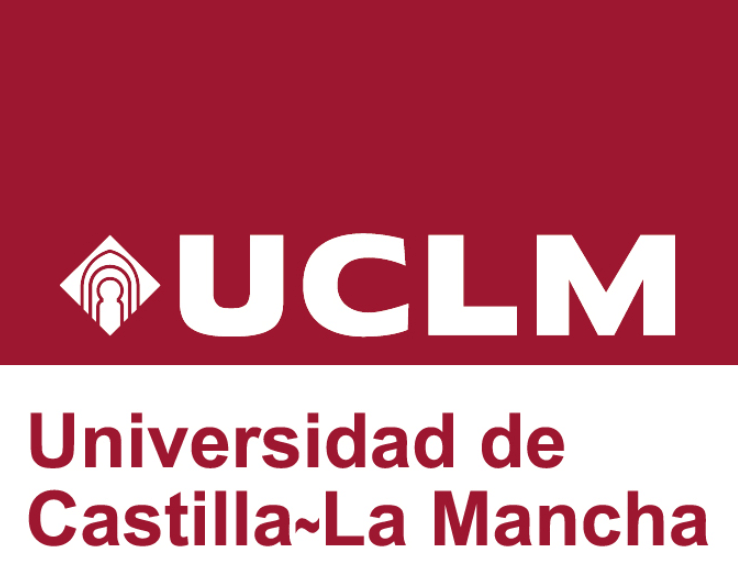URBAN DESIGN’S ‘FORGOTTEN MIDDLE’: REVEALING THE CYCLISTS’ PERSPECTIVE
Good urban design has the power to aid in the provision of inclusive journey environments (Azmin-Fouladi et al., 2007), yet traditionally neglects the ‘cyclists point of view’ (Forsyth et al., 2009), relegating cyclists to a ‘forgotten middle’ status (Black and Street, in press) between pedestrians and automobiles in urban design discussions. More can be done to understand and subsequently articulate cyclists experiences and perceptions, developing the links between urban design and transportation aspects of the built environment (Boarnet and Crane, 2001). Urban design features such as legibility, aesthetics, scale and open space have been shown to influence and affect other mobile behaviours (e.g. walking), but their role as a mediator in cycle behaviour has remained under-explored. Many of these design ‘qualities’ are related to individual perceptions; capturing these can help build a picture of quality in the built environment that includes an individual’s relationship with their local neighbourhood and its influences on their mobility choices. This paper discusses the design and development of a bespoke urban design audit tool (and associated design guide in conjunction with Reading Borough Council, UK) that uniquely links physical features (such as cycle infrastructure), urban design qualities (such as streetscapes), and cyclists’ individual reactions and perceptions to these features. The findings provide a systematic understanding of the urban design qualities and built environment features, both objective and perceived, that directly and indirectly influence cycling participation, behaviour, and quality, resulting in a redefining and reimaging of traditional urban design principles that recognise the perceptions and needs of the ‘forgotten middle’.
(*)El autor o autora no ha asociado ningún archivo a este artículo









